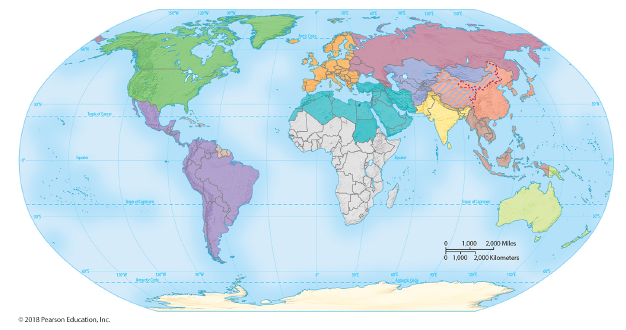________ often initiates mass wasting in subarctic and high latitudes
A) Heavy snow
B) Cold temperatures
C) Short day lengths
D) The heaving of frozen groundwater
E) Greater gravity nearer the poles
Answer: D
You might also like to view...
Identify the twelve world regions that are covered in your textbook. Why have the authors of your textbook identified these specific regions?

What will be an ideal response?
Coastlines have not come into equilibrium with modern sea levels
Indicate whether the statement is true or false
Spring tides are tides ____
A)that result from the combined gravitational force of the aligned Moon and Sun B)that occur when the Sun and Moon are disposed at right angles to one another C)that occur in springtime when floodwaters are high D)with a relatively small range E)that are high only once per day
What is the difference between a negawatt and a megawatt?
A) A negawatt is a megawatt of energy saved, while a megawatt is a million watts of energy used. B) A negawatt is any amount of energy saved, while a megawatt is a measure equal to a million watts of energy. C) A negawatt is the equivalent of 1 kilowatt of energy saved, while a megawatt is the equivalent of 1 kilowatt of energy used. D) A negawatt is one thousand watts, while a megawatt is one million watts.